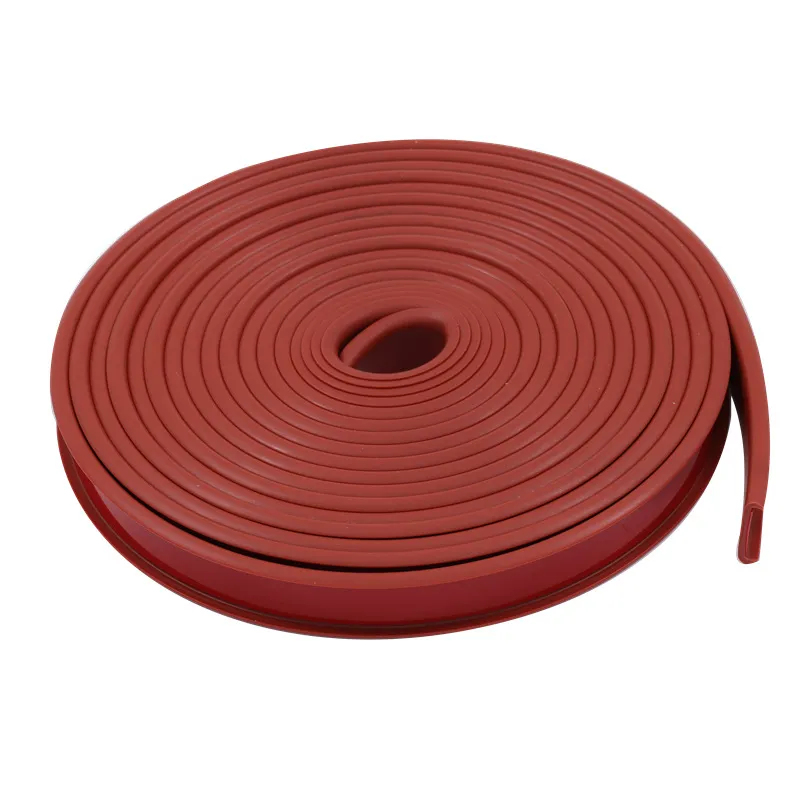Exploring Various Types of Bottom Seals for Garage Doors
Different Types of Garage Door Bottom Seals A Comprehensive Guide
Garage doors are essential for protecting your home from the elements, intruders, and pests. One crucial component of any garage door system is the bottom seal. The bottom seal, also known as a garage door weather seal, is designed to close the gap between the bottom of the garage door and the floor. This seal serves several functions it keeps out water, dirt, leaves, and drafts, while also deterring pests from entering your garage. Understanding the different types of garage door bottom seals available can help you choose the best option for your needs.
1. Rubber Seals
Rubber seals are among the most popular choices for garage door bottom seals. They are durable, flexible, and can effectively conform to various surfaces, helping to create a tight seal. Rubber seals are available in different profiles, which can accommodate various garage door designs. They offer excellent resistance to weathering, UV rays, and extreme temperatures. However, over time, rubber can become stiff or cracked, particularly in harsh climates, so regular inspection is recommended.
2. Vinyl Seals
Vinyl bottom seals are another common option. They are made from a PVC material that is resistant to moisture and mildew, making them ideal for humid or wet environments. Vinyl seals often come in different sizes and shapes, allowing for a customizable fit for your garage door. While vinyl seals are generally less expensive than rubber seals, they may not be as durable in extreme weather conditions. However, they are lightweight and easy to install, making them a popular choice for DIY enthusiasts.
For those seeking a more rigid solution, aluminum seals are an excellent option. These seals offer a metal barrier that can withstand wear and tear while providing a solid defense against drafts and pests. Aluminum bottom seals are typically used in commercial garages or in residential garages where heavy equipment is stored. However, they may not be suitable for all types of garage doors, especially those that require flexibility in sealing.
different types of garage door bottom seals

4. Brush Seals
Brush seals are somewhat unique compared to other bottom seal options. These seals consist of a brush-like material that lightly brushes against the ground. They are ideal for uneven surfaces, as the bristles can flex to fill in any gaps. Brush seals are particularly useful in climates with high winds or dust, as they can effectively block blowing debris while allowing for some airflow. However, they may not be as effective in keeping out water compared to rubber or vinyl seals.
5. Combination Seals
Some garage doors utilize combination seals that incorporate two or more materials. For example, a combination seal may feature a rubber base with a brush or vinyl component to enhance performance. These hybrid designs can provide a more comprehensive solution that addresses various sealing issues, ensuring better protection against water, air leaks, and pests.
Conclusion
Choosing the right bottom seal for your garage door is essential for maintaining a comfortable and secure environment. Each type of garage door bottom seal has its unique advantages and potential drawbacks. Rubber seals offer flexibility and durability, while vinyl seals are economical and easy to install. Aluminum seals provide a robust barrier, while brush seals accommodate uneven surfaces. Combination seals may offer the best of all worlds, making them a versatile option.
When selecting a bottom seal, consider factors such as climate, garage door design, and your budget. Regular maintenance and inspection of your garage door bottom seals can help ensure they remain effective over time, protecting your garage from moisture, pests, and debris.
-
Silicone Seal Strip: The Ultimate Solution for Your Sealing NeedNewsNov.01,2024
-
Keep the Heat: The Importance of Seal for Oven DoorsNewsNov.01,2024
-
Essential Guide to Corner Protectors for Your FurnitureNewsNov.01,2024
-
Enhance Your Home with Silicone SolutionsNewsNov.01,2024
-
Efficient Maintenance of Melamine Sealing StripsNewsNov.01,2024
-
Comparison of Different Edge Sealing ProcessesNewsNov.01,2024
-
Types of Door Bottom Seal Strips and Their Best UsesNewsOct.25,2024